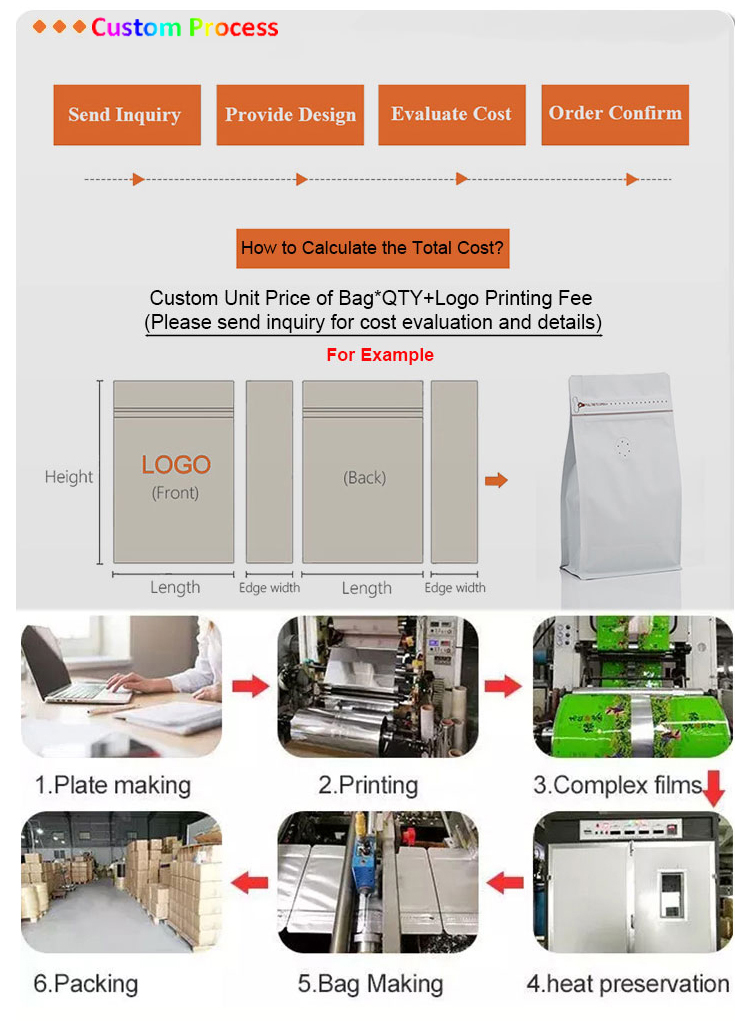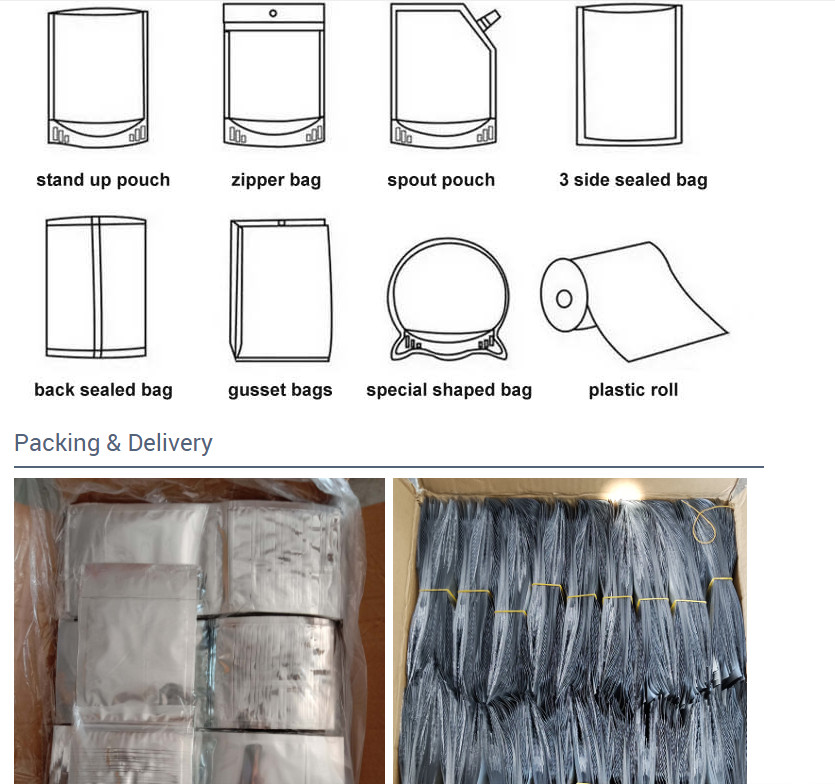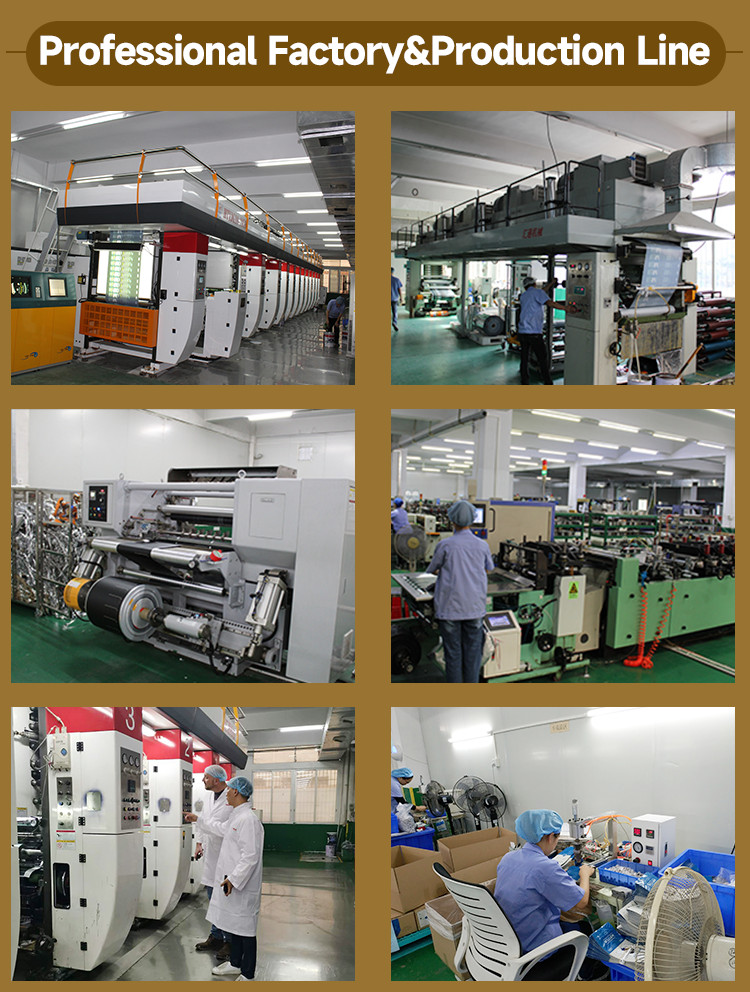Plastic Coffee Bags: The Sustainable Journey Towards Freshness and Responsible Packaging
Introduction:
Plastic coffee bags have embarked on a sustainable journey, becoming an essential packaging solution that seamlessly integrates freshness, convenience, and environmental consciousness. In this article, we will explore how plastic coffee bags have evolved to prioritize sustainability while ensuring coffee beans’ freshness and quality. By embracing responsible packaging practices, coffee businesses can play a pivotal role in fostering a greener future for the planet and enhancing their brand reputation.
1. Airtight Freshness Preservation:
Plastic coffee bags continue to be at the forefront of freshness preservation. Their multi-layered design effectively shields coffee beans from oxygen, light, and moisture, preventing the degradation of essential oils and flavors. The result is a consistently delightful coffee experience that captivates the senses with each cup.
2. Eco-Conscious Material Choices:
The journey towards sustainability has seen significant strides in the selection of materials for plastic coffee bags. Manufacturers are opting for recyclable plastics, reducing their environmental impact and promoting circular economy practices. Furthermore, the adoption of bio-based plastics derived from renewable resources presents an eco-friendly alternative that supports the conservation of natural resources.
3. Embracing Biodegradability:
To further reduce the environmental impact, some plastic coffee bags are designed with biodegradability in mind. These bags break down naturally under specific conditions, minimizing their presence in landfills and oceans. Coffee businesses are recognizing the importance of such initiatives in safeguarding the planet for future generations.
4. Consumer Education and Consciousness:
Empowering consumers with knowledge about the sustainable journey of plastic coffee bags is vital. Coffee businesses can include informative labels and symbols that highlight recyclability or biodegradability, guiding consumers towards eco-friendly disposal practices. Through transparent communication, businesses can foster a sense of shared responsibility with consumers in safeguarding the environment.
5. Collaboration for a Greener Future:
The sustainability journey of plastic coffee bags extends beyond individual businesses. Collaboration among coffee producers, manufacturers, and retailers is critical to creating a collective impact on the industry’s sustainability efforts. By working together, stakeholders can share best practices, invest in research and development for greener alternatives, and drive widespread adoption of responsible packaging.
Conclusion:
Plastic coffee bags have come a long way on their sustainable journey, revolutionizing packaging practices in the coffee industry. By preserving the freshness of coffee beans and embracing eco-conscious material choices, these bags exemplify a harmonious balance between quality and environmental responsibility.
As coffee businesses continue to prioritize sustainability, they not only contribute to the conservation of our planet’s resources but also elevate their brand reputation among discerning consumers. Together, through collaboration and education, the coffee industry can build a greener future, one cup of responsibly packaged coffee at a time.















